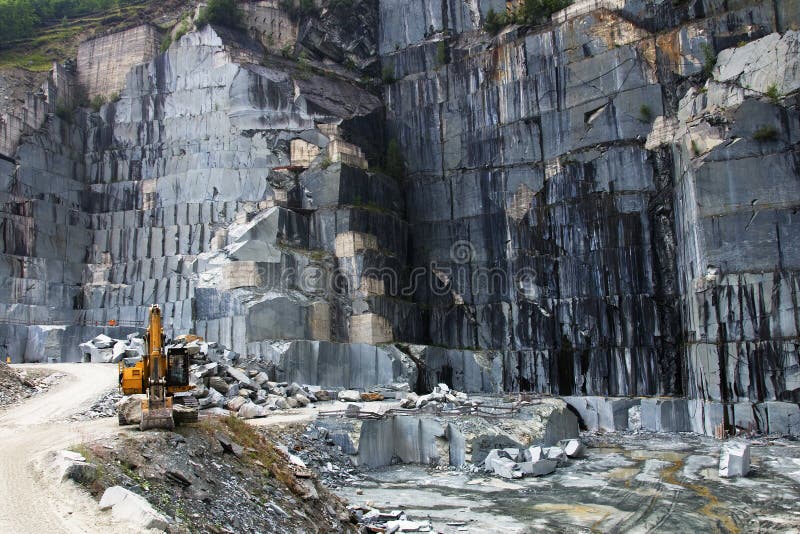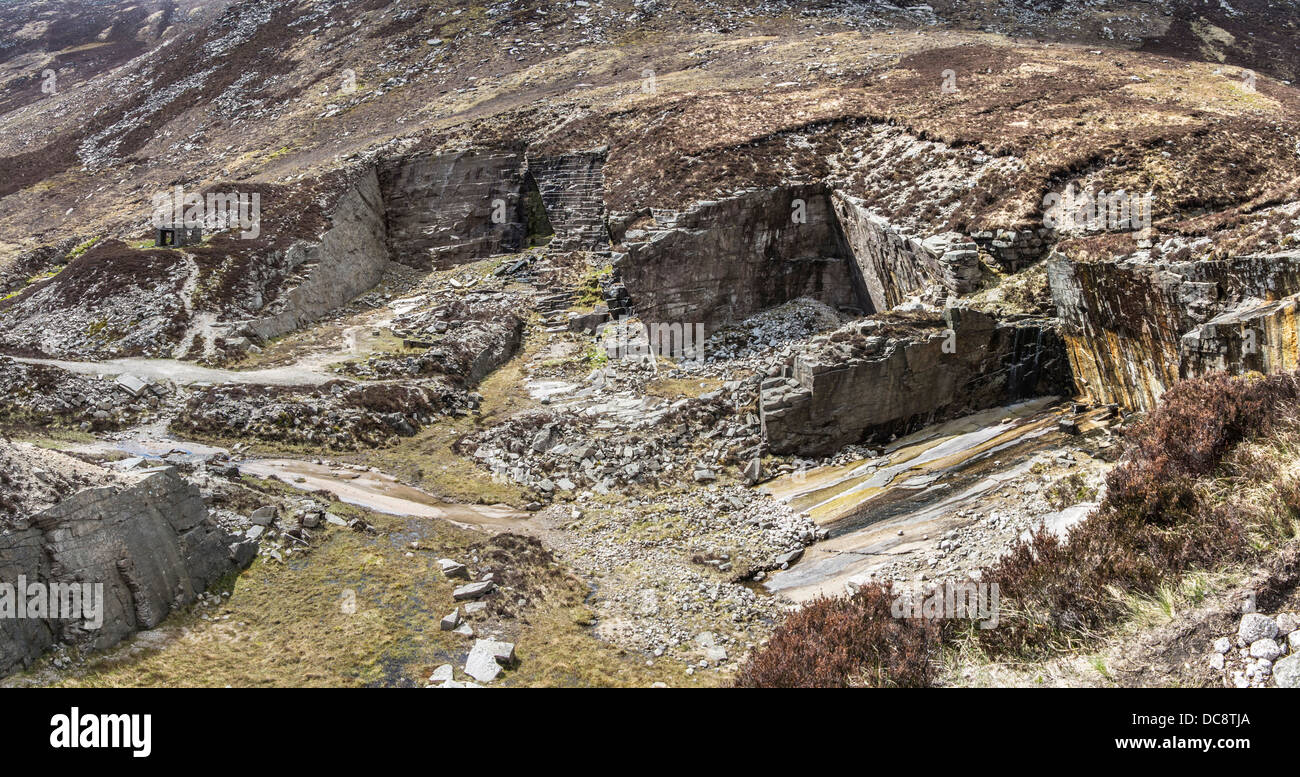Journeying Via Granite Quarries in South Africa: A Visual Odyssey
Journeying Via Granite Quarries in South Africa: A Visual Odyssey
Blog Article
Uncovering the Rich Background and Sustainable Practices of Granite Quarrying
As we depend on the precipice of uncovering the detailed tapestry of granite quarrying, a journey through time discloses not just the physical act of removing rock but likewise the social and historic significance woven right into the extremely fabric of this practice. From the old origins that laid the foundation for modern-day quarrying techniques to the lasting practices that are forming the future of this sector, each chisel mark on granite surfaces narrates waiting to be discovered (granite quarries in south africa). The heritage of granite quarrying stretches much past mere extraction; it is a testimony to human ingenuity, durability, and the long-lasting attraction of this magnificent rock
Old Beginnings of Granite Quarrying
Dating back to ancient people, the technique of quarrying granite has been an indispensable component of human history and architectural innovation. The earliest evidence of granite quarrying days back to ancient Egypt, where large pyramids and intricate sculptures were crafted from this sturdy stone. The Egyptians used primitive devices to extract granite blocks from quarries, showcasing the value of this product in their significant building and constructions.
Moving on in background, the Greeks also made substantial contributions to the quarrying of granite. The Greeks used granite in different architectural wonders, such as temples and statues, showing their skill in shaping and sculpting this hardy rock. The Romans even more improved the strategies of quarrying granite, utilizing advanced tools like knives and hammers to remove and form granite for their renowned frameworks.
Through the centuries, the practice of quarrying granite has progressed, with modern innovations boosting performance while keeping the timeless appeal of this all-natural rock - granite quarries in south africa. From ancient human beings to modern home builders, the heritage of granite quarrying remains to form our globe
Development of Quarrying Methods
The development of quarrying methods has actually been marked by a continuous development towards greater performance and precision in removing granite. Early quarrying methods involved hand-operated labor with basic devices such as chisels, hammers, and wedges to remove granite blocks from the earth.
In more current times, the advent of equipment revolutionized the quarrying market, enabling much faster extraction prices and boosted productivity. Technologies such as ruby cable saws, high-pressure water jets, and pneumatically-driven drills have ended up being typical in contemporary quarries, permitting precise cutting and lowered waste. In addition, developments in computer-controlled tools and 3D modeling have maximized quarrying procedures, bring about marginal ecological effect and boosted sustainability techniques. As the need for granite remains to climb, the advancement of quarrying methods continues to be integral to conference industry requires efficiently and sustainably.
Cultural Relevance of Granite
Granite holds a profound social importance across numerous people due to its enduring visibility in architectural work find out this here of arts and respected monuments. The social relevance of granite extends past its physical qualities; it symbolizes strength, stability, and timelessness, making it an icon of sustaining traditions and practices.

Lasting Practices in Quarrying
Among the abundant history of granite quarrying and its cultural importance lies a growing emphasis on lasting techniques within the market. As environmental awareness and concerns about source depletion have increased internationally, the quarrying industry has progressively embraced lasting techniques to minimize its influence on the atmosphere and surrounding neighborhoods.

Moreover, recovery and recovery of quarry websites post-extraction are indispensable to lasting techniques. By recovering quarried locations to an all-natural or beneficial state, such as producing wild animals environments or leisure spaces, quarriers can offset the ecological footprint of their procedures and add favorably to the local environment.
Heritage of Granite Quarrying
With a historic background soaked in workmanship and industrial progression, what enduring impact has granite quarrying left on the landscape of modern culture? The heritage of granite quarrying transcends simple extraction practices; it has formed building wonders, metropolitan landscapes, and cultural heritage worldwide. The durable nature of granite has actually made it a favored option for monoliths, structures, and facilities, standing as a testament to the ability and creativity of quarry workers throughout generations.
In addition, the financial footprint of granite quarrying can not be overlooked. The sector remains to give work opportunities and drive local economic climates in areas where granite extraction prevails. It has actually also stimulated technological developments in quarrying techniques and devices, leading to extra effective and lasting practices.
In regards to sustainability, the tradition of granite quarrying consists of initiatives to mitigate environmental influences with improvement projects and responsible resource monitoring. By balancing economic passions with environmental stewardship, the sector makes every effort to ensure that future generations can remain to profit from this long-lasting all-natural source.
Conclusion

Report this page